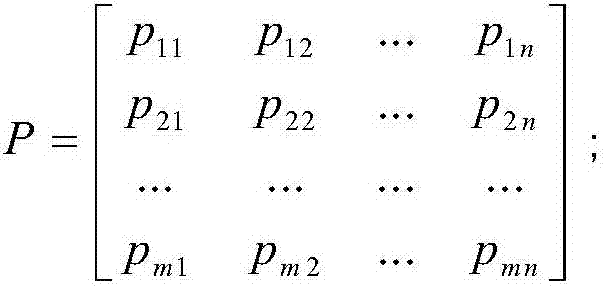Non-reference image quality evaluation method based on visual cortex orientation selectivity mechanism
A reference image and quality evaluation technology, which is applied in the field of image processing, can solve problems such as poor stability, complex and changeable image quality attenuation methods, and low evaluation accuracy of various noise images, so as to improve stability, improve accuracy, The effect of reducing the amount of loss
- Summary
- Abstract
- Description
- Claims
- Application Information
AI Technical Summary
Problems solved by technology
Method used
Image
Examples
Embodiment Construction
[0038] The present invention will be described in further detail below in conjunction with the accompanying drawings.
[0039] refer to figure 1 , the specific implementation steps of the present invention are as follows:
[0040] Step 1, take out the experimental samples from the image database.
[0041] The image quality evaluation database contains multiple pollution images and unpolluted natural images. The present invention takes 400 pollution images from the experimental samples of the image quality evaluation database as training samples, 100 pollution images as test samples, and 500 uncontaminated images. Contaminated natural images are used as dictionary learning samples.
[0042] Step 2, design the image local region structure descriptor.
[0043] The image local region structure descriptor is an image structure description unit, which is used to capture the change of image structure information caused by noise and extract the feature vector of the image. Its desig...
PUM
 Login to View More
Login to View More Abstract
Description
Claims
Application Information
 Login to View More
Login to View More - R&D
- Intellectual Property
- Life Sciences
- Materials
- Tech Scout
- Unparalleled Data Quality
- Higher Quality Content
- 60% Fewer Hallucinations
Browse by: Latest US Patents, China's latest patents, Technical Efficacy Thesaurus, Application Domain, Technology Topic, Popular Technical Reports.
© 2025 PatSnap. All rights reserved.Legal|Privacy policy|Modern Slavery Act Transparency Statement|Sitemap|About US| Contact US: help@patsnap.com



